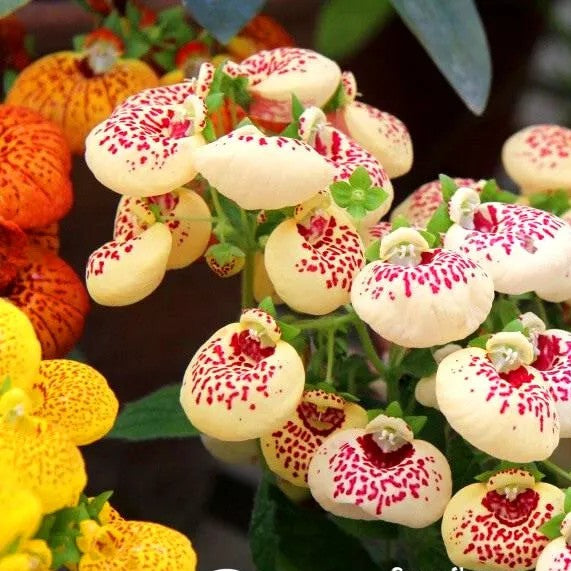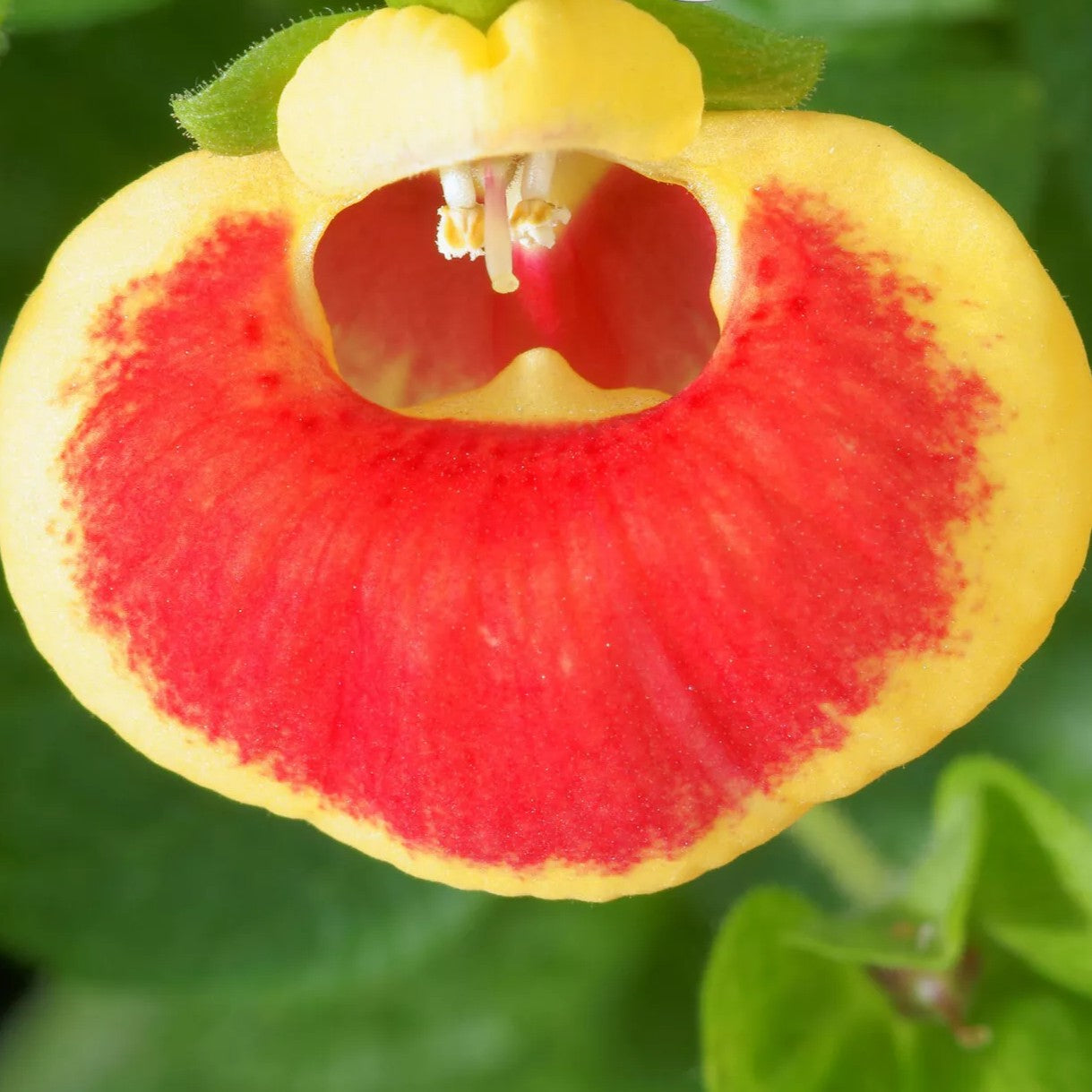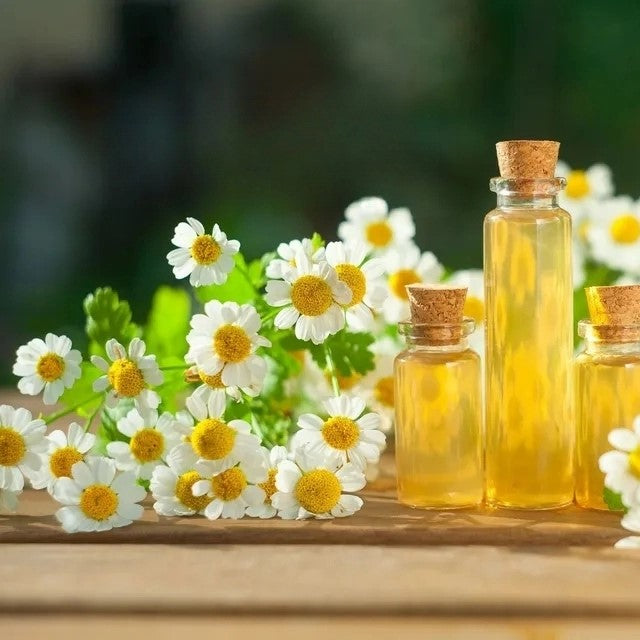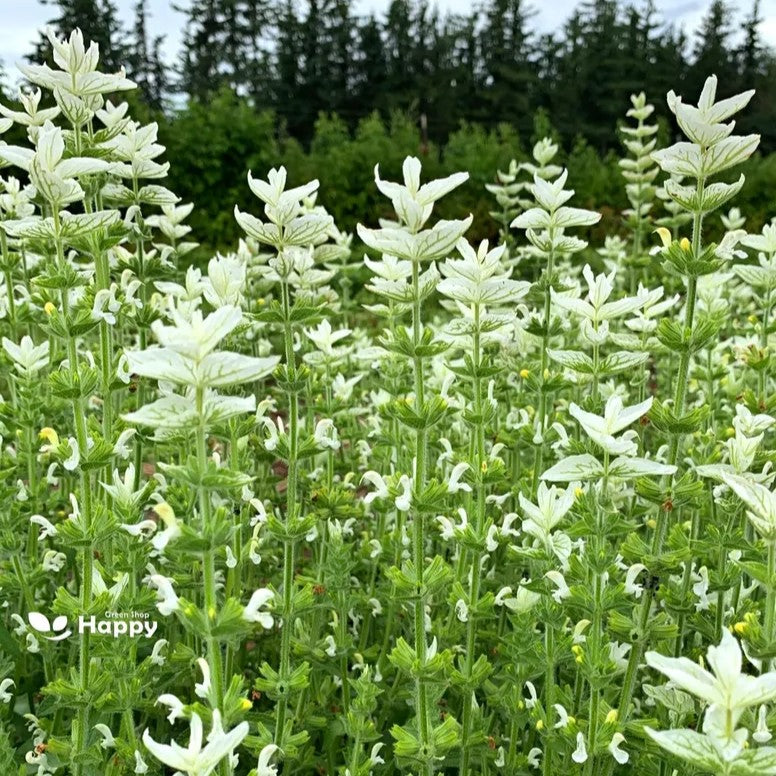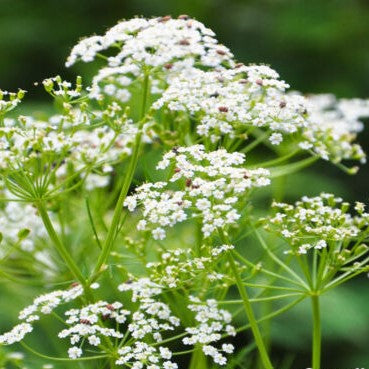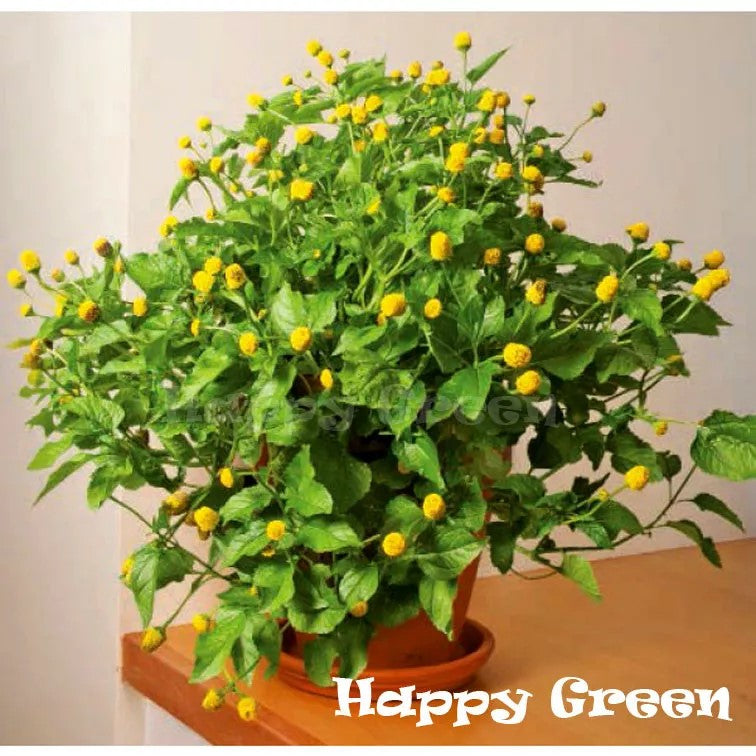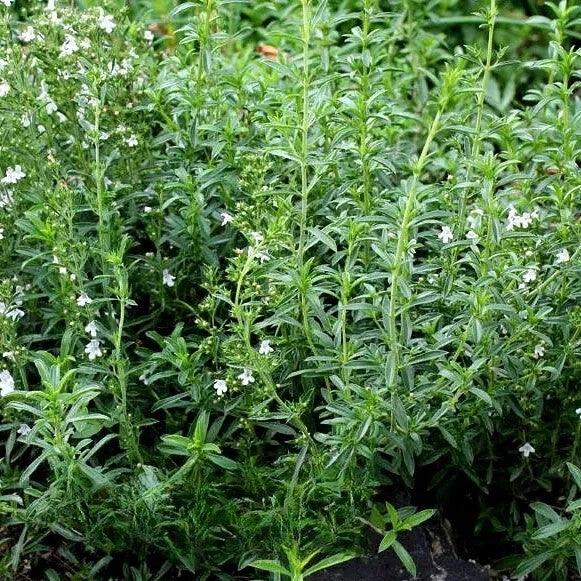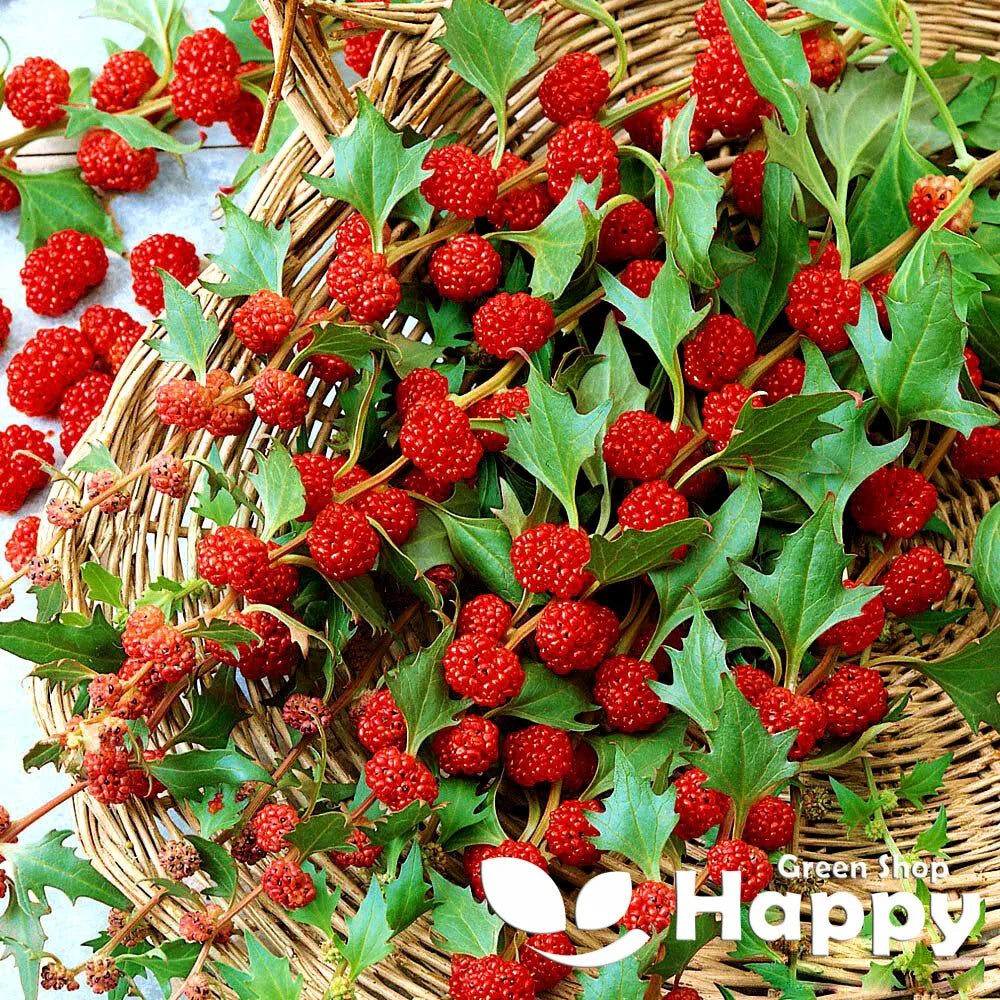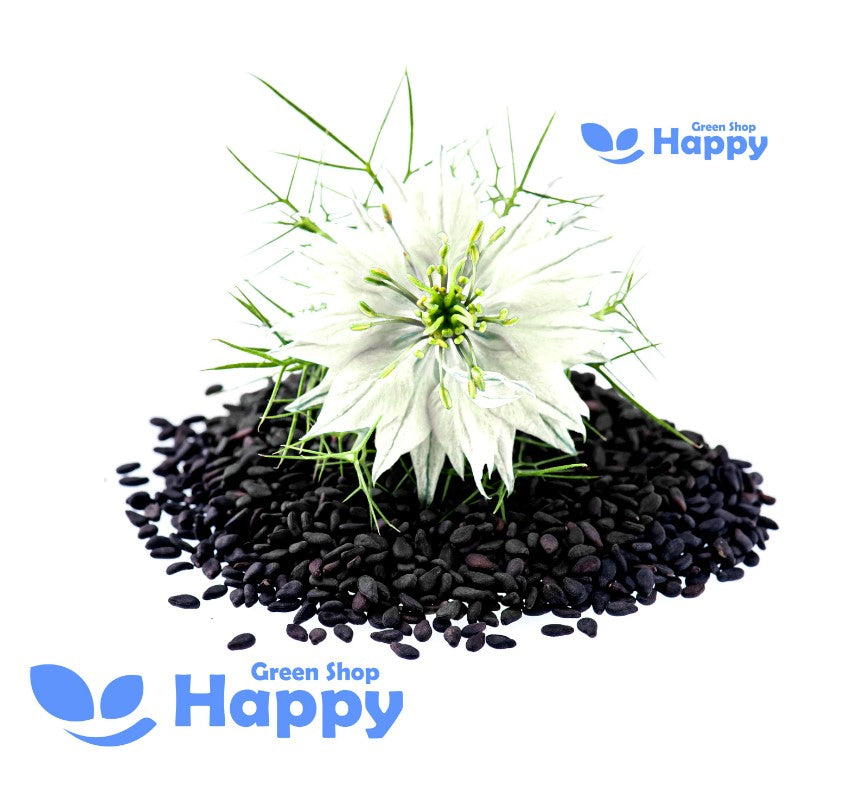Sort by:
16 products
16 products
Pocketbook Plant Mix – Seeds (Calceolaria herbeohybrida)
Pocketbook Plant Mix (Calceolaria herbeohybrida) offers a delightful display of colorful, pouch-shaped flowers that brighten indoor and shaded garden spaces. This compact annual is ideal for pots, containers, and cool spots where vibrant, long-lasting blooms are desired. Perfect for adding whimsical color and charm to any collection.
Why Grow "Pocketbook Plant Mix"
-
Bright, pouch-shaped flowers in mixed colors
-
Compact, easy-to-grow annual
-
Ideal for containers, pots, and indoor displays
-
Long-lasting bloom period for summer and early autumn
Key Features
-
Type: Half-hardy annual (Calceolaria herbeohybrida)
-
Height: 20–30 cm
-
Flowering: Late spring to early autumn
-
Position: Partial shade, bright indirect light
-
Uses: Containers, pots, indoor displays, shaded borders
Ideal For
-
Patio and balcony containers
-
Indoor pots and decorative displays
-
Cool, partially shaded garden spots
-
Adding whimsical, long-lasting color
Sowing & Growing
-
Sow indoors: February–March in seed trays
-
Germination: 14–21 days at 18–20°C
-
Transplant seedlings into pots when large enough
-
Keep soil moist, avoid direct sun
-
Remove spent flowers to encourage more blooms
German Chamomile – Seeds (Matricaria recutita)
Bring calm and fragrance to your garden with German Chamomile, a charming annual herb prized for its daisy-like white flowers and soothing aroma. Traditionally used for herbal teas and natural remedies, this variety is easy to grow, highly productive, and also attracts pollinators to your garden. A perfect choice for herb beds, borders, and pots.
How to Grow
. Sow indoors from February to April, lightly pressing seeds onto the surface of moist compost – do not cover as they need light to germinate
. Transplant seedlings outdoors after the last frost, spacing 20–25 cm apart
. Alternatively, sow outdoors directly in April to May in well-drained soil
. Prefers a sunny position with average to light soil
. Water sparingly, as chamomile thrives in slightly dry conditions
Key Features
. Delicate white blooms with yellow centers
. Traditional herb for calming teas and remedies
. Attracts bees, butterflies, and beneficial insects
. Easy to grow, tolerant of poor soils
. Ideal for borders, herb gardens, and containers
Ideal For
. Herbal tea lovers and home remedies
. Pollinator-friendly gardens
. Cottage gardens and borders
. Container growing
Sowing & Harvest
. Sow: February – May
. Harvest: June – September
Quick Tip
Harvest flowers on warm, dry days and dry them for homemade chamomile tea with the best flavor and aroma.
Clary Sage – White Swan Seeds (Salvia horminum)
Bring elegance and fragrance to your garden with Clary Sage – White Swan (Salvia horminum). This striking annual herb is prized for its large, pure white bracts that surround tiny flowers, creating a dramatic, eye-catching display. Both ornamental and aromatic, it’s an excellent choice for garden beds, borders, and cut flower arrangements.
How to Grow
-
Sow indoors in early spring or directly outdoors after the last frost.
-
Choose a sunny location with well-drained soil.
-
Lightly cover seeds with fine soil and keep moist until germination (10–20 days).
-
Thin seedlings once large enough to handle, spacing them about 20–25 cm apart.
-
Water regularly but avoid waterlogging.
-
Deadhead spent blooms to encourage prolonged flowering.
Key Features
-
Pure white bracts that create a bold floral display
-
Easy-to-grow annual, fast to flower in a single season
-
Aromatic foliage, often used in traditional remedies and crafts
-
Excellent as a cut flower for fresh or dried arrangements
-
Attracts bees, butterflies, and other pollinators
Ideal For
-
Cottage gardens and flower borders
-
Cutting gardens and bouquets
-
Pollinator-friendly landscapes
-
Containers and decorative pots
Sowing
-
Best time: Early spring indoors or outdoors after frost
-
Germination: 10–20 days
-
Sow thinly, cover lightly, and keep soil consistently moist
-
Prefers full sun and well-drained soil
Quick Tip
-
For a longer display, stagger sowings every few weeks during spring and early summer.
Caraway Seeds (Carum carvi)
Grow aromatic, versatile seeds with Caraway (Carum carvi). This hardy biennial herb produces feathery green foliage and crescent-shaped seeds with a warm, slightly sweet flavor, perfect for bread, cooking, and herbal remedies. Easy to grow, it’s ideal for herb gardens, kitchen beds, and pollinator-friendly plantings.
How to Grow
-
Sow seeds directly outdoors from early spring to early summer.
-
Use fertile, well-drained soil in full sun.
-
Sow seeds 0.5–1 cm deep and thin seedlings to 20–25 cm apart.
-
Keep soil consistently moist for germination (10–20 days).
-
Harvest seeds in late summer when the seed heads turn brown; cut and dry them for storage.
Key Features
-
Feathery green foliage and aromatic crescent-shaped seeds
-
Biennial, hardy, and easy to grow
-
Ideal for baking, cooking, and herbal remedies
-
Attracts pollinators and enhances garden biodiversity
-
Suitable for herb gardens, kitchen beds, and companion planting
Ideal For
-
Herb gardens and kitchen beds
-
Baking, cooking, and spice blends
-
Pollinator-friendly gardens
-
Homegrown culinary and medicinal use
Sowing
-
Best time: Early spring to early summer outdoors
-
Depth: 0.5–1 cm
-
Spacing: Thin to 20–25 cm apart
-
Prefers full sun and fertile, well-drained soil
Quick Tip
-
Harvest seeds when seed heads are fully brown and dry them in a warm, airy place for long-term storage.
Toothache Plant – Seeds (Spilanthes oleracea)
The Toothache Plant (Spilanthes oleracea) is an unusual and fascinating herb, known for its small, bright red flowers and unique tingling effect when chewed. Traditionally used for its medicinal properties, it adds interest to herb gardens, containers, and edible landscaping. Easy to grow and fast-maturing, it’s a conversation-starting plant that also attracts pollinators.
Why Grow "Toothache Plant"
-
Bright red, cone-shaped flowers
-
Unique tingling sensation when chewed
-
Traditional medicinal and culinary uses
-
Attracts bees and other pollinators
Key Features
-
Type: Annual herb (Spilanthes oleracea)
-
Height: 30–60 cm
-
Flowering: Summer
-
Position: Full sun, well-drained soil
-
Uses: Herb gardens, containers, edible landscaping, pollinator-friendly plantings
Ideal For
-
Herb and medicinal gardens
-
Container and patio planting
-
Pollinator-friendly gardens
-
Educational or conversation-starting gardens
Sowing & Growing
-
Sow indoors: February–April in seed trays
-
Sow outdoors: April–May after frost
-
Germination: 10–20 days at 18–22°C
-
Transplant seedlings 25–30 cm apart
-
Prefers full sun and moderately fertile soil
-
Keep soil moist for best growth
Summer Savory 'Midget' – Seeds (Satureja hortensis)
Summer Savory ‘Midget’ is a compact, fast-growing annual herb, prized for its spicy, peppery flavour that resembles thyme and oregano. This dwarf variety is especially suited for container growing, raised beds, and small herb gardens.
Traditionally used to season bean dishes, meats, soups, and stews, it is also excellent fresh or dried as a versatile culinary herb. With its neat, bushy growth habit and aromatic leaves, ‘Midget’ is both decorative and useful in the kitchen.
How to Grow
-
Sow indoors: March – April in pots or trays
-
Sow outdoors: April – June, directly into prepared soil
-
Depth: Lightly cover seeds with soil (approx. 0.5 cm)
-
Spacing: 20–25 cm between plants
-
Position: Sunny, well-drained spot
-
Soil: Light, sandy, moderately fertile
Key Features
-
Compact dwarf variety – ideal for pots and small spaces
-
Distinct peppery flavour – a classic bean seasoning
-
Culinary herb for meats, stews, soups, and sauces
-
Can be used fresh or dried
-
Hardy, quick-growing, and easy to maintain
Harvesting
-
Harvest from: June – September
-
Pick fresh leaves regularly to encourage new growth.
-
For winter use, cut and dry whole sprigs just before flowering.
Strawberry Stick – Seeds
(Chenopodium foliosum)
Strawberry Stick is a unique annual plant grown for its bright red, strawberry-like seeds. These edible seeds are not only nutritious but also add a decorative touch to gardens. Its upright, bushy habit makes it perfect for borders, vegetable gardens, and ornamental planting. Easy to grow and drought-tolerant, it’s both practical and attractive.
Why Grow Strawberry Stick?
-
Bright red, edible seeds
-
Attractive upright, bushy foliage
-
Nutritious and ornamental
-
Easy to grow and drought-tolerant
Key Features
-
Type: Annual
-
Height: 50–80 cm
-
Flowers: Summer
-
Position: Full sun to partial shade
-
Soil: Well-drained, fertile
Ideal For
-
Vegetable gardens and edible landscaping
-
Borders and ornamental plantings
-
Pollinator-friendly gardens
-
Low-maintenance garden displays
Sowing & Growing
-
Sow indoors: February–April in seed trays
-
Sow outdoors: April–May in prepared soil
-
Germination: 10–14 days at 18–20°C
-
Spacing: 25–30 cm apart
-
Care: Moderate watering; remove weeds for best growth
Pot Marigold Dwarf ‘Sunset Buff’ – Apricot – 1,000 Seeds (Calendula officinalis)
The Dwarf Pot Marigold ‘Sunset Buff’ is a charming, compact variety producing apricot-peach blooms with soft golden undertones. Its warm pastel shades bring a unique elegance to beds, borders, and cottage gardens. Easy to grow and long-flowering, this hardy annual is also edible, with petals traditionally used to decorate salads or for natural dye.
Highlights
-
Distinctive apricot–buff blooms with golden tones
-
Compact, dwarf habit – perfect for pots and borders
-
Long flowering season from early summer to autumn
-
Attracts pollinators and beneficial insects
-
Edible petals for salads and herbal uses
Key Features
-
Botanical Name: Calendula officinalis
-
Variety: Dwarf ‘Sunset Buff’ (Apricot)
-
Seed Count: 1,000 seeds per pack
-
Height/Spread: 25–30 cm tall, compact growth
-
Position: Full sun, well-drained soil
-
Flowering Period: June – October
Perfect For
-
Bedding, borders, and cottage gardens
-
Patio pots and containers
-
Pollinator-friendly gardens
-
Edible flower displays and herbal uses
Sowing Instructions
-
Sow outdoors March–May or August–September for overwintering
-
Sow directly into soil, lightly cover seeds
-
Germination: 7–14 days
-
Thin seedlings to 20–25 cm apart
-
Deadhead regularly for prolonged flowering
Nigella sativa ‘Black Cumin’ White – Seeds (Nigella sativa)
Nigella sativa ‘Black Cumin’ (Nigella sativa) is a graceful annual valued both as a culinary spice and an ornamental flower. It produces delicate white, star-shaped blooms that float above feathery foliage, followed by decorative seed pods. Known for its aromatic black seeds, often called black cumin, it has been used for centuries in cooking and traditional remedies. Easy to grow and low-maintenance, this dual-purpose plant brings both beauty and practicality to the garden.
Why Grow "Black Cumin" White
-
Delicate white blooms with airy foliage
-
Produces edible black cumin seeds with culinary uses
-
Attractive seed pods for dried arrangements
-
Easy to grow and self-seeding annual
Key Features
-
Type: Annual (Nigella sativa)
-
Height: 20–40 cm
-
Flowering: Summer
-
Position: Full sun
-
Uses: Culinary seeds, borders, containers, dried flowers
Ideal For
-
Herb and kitchen gardens
-
Dual-purpose planting – ornamental and edible
-
Borders and cottage-style displays
-
Cutting and drying seed pods for decoration
Sowing & Growing
-
Sow outdoors: March–May or September for earlier blooms
-
Germination: 10–20 days
-
Thin seedlings: 15–20 cm apart
-
Prefers well-drained soil in full sun
-
Self-seeds freely for naturalized planting
Showing 9/16

